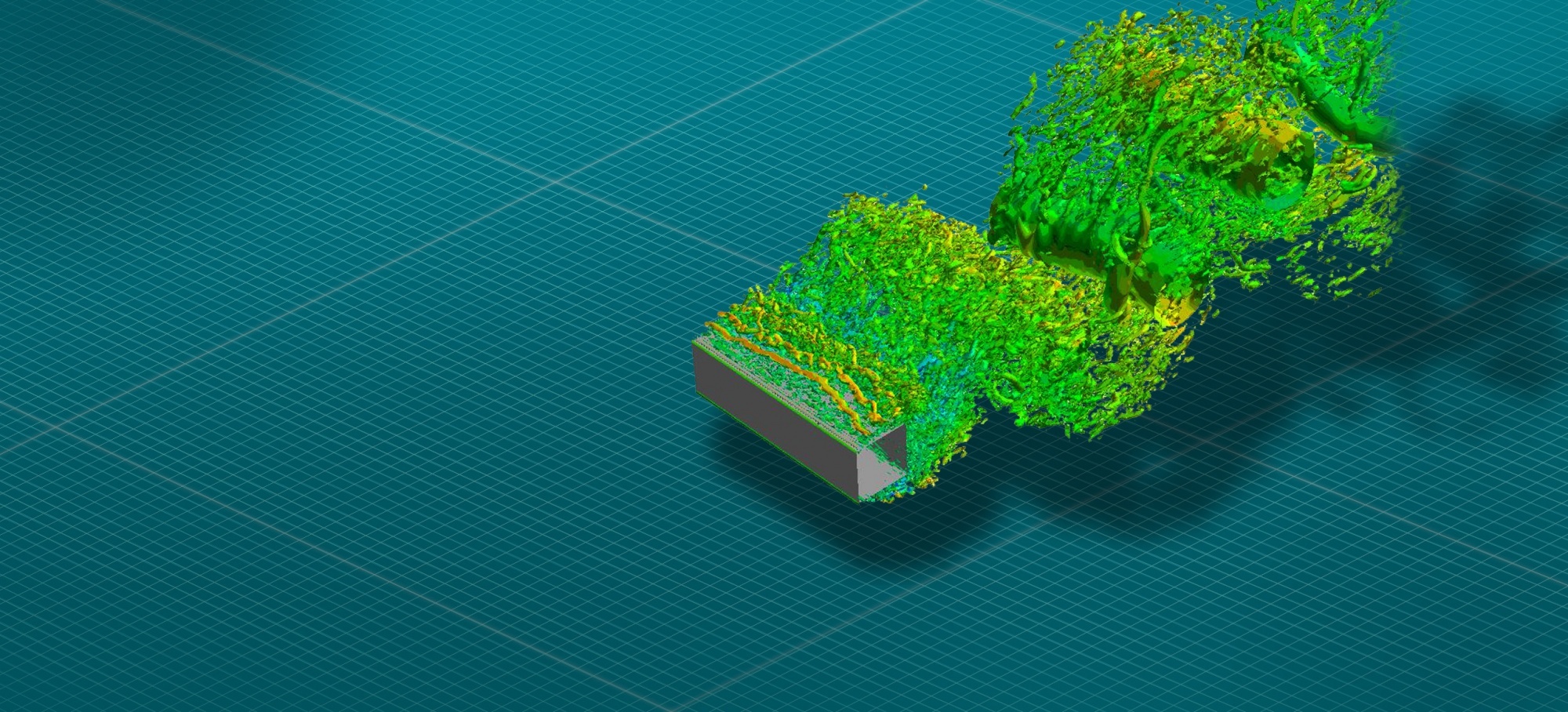13 décembre 2024
- A 3D electromagnetic model in SOLEDGE3X: Application to turbulent simulations of tokamak edge plasma / Raffael Düll PhD Defense
Doctorant : Raffael Düll
Date : Vendredi 13 Décembre 2024 à 15:00 ; CEA Cadarache, bât. 506, 13108 Saint-Paul-Lez-Durance
Abstract: In the tokamak edge, steep gradients and magnetic curvature generate large-scale turbulent structures that transport plasma particles from the hot core, where fusion occurs at around 10 keV, to the much colder Scrape-Off-Layer (SOL), where magnetic field lines intersect the physical wall. Turbulence reduces plasma confinement and defines the region where strong heat fluxes impact the divertor. The drift-reduced fluid code SOLEDGE3X, developed by CEA/IRFM in collaboration with Aix-Marseille University, has proven effective in simulating electrostatic resistive drift-wave turbulence in realistic tokamak geometries. However, both experimental and numerical results have shown that electromagnetic effects significantly impact drift-wave dynamics, and thus, edge plasma turbulence. This thesis introduces a new electromagnetic model in SOLEDGE3X for the vorticity equation, incorporating magnetic induction, electromagnetic flutter, and electron inertia. Magnetic induction accounts for the time variation of the parallel magnetic vector potential Apara in the definition of the parallel electric field, and Apara is related to the parallel current density Jpara via Ampère's law. Fluctuations in the magnetic field, termed flutter, are added at first order and are assumed to be small compared to the equilibrium field. Electron inertia, represented by a finite electron mass in Ohm's law, is necessary to constrain shear Alfvén wave speeds to physical values. The new fields Apara and Jpara are integrated into the flux-surface-aligned FVM framework on a poloidally and toroidally staggered grid. Flutter affects the parallel transport equations and gradients in Ohm's law, and its implementation required special care to account for the new radial component of the parallel direction. To handle timesteps larger than Alfvénic, electron thermal, or electron-ion collision times, the corresponding inductive, inertial, and resistive effects are solved implicitly in a coupled 3D system for the potentials Phi and Apara. The model was verified with manufactured solutions and validated on a linear slab case, which demonstrated the expected transition from Alfvén to thermal electron waves as the perpendicular wavenumber increased. Flutter contributes minimally to cross-field transport but affects the non-adiabatic potential response to density fluctuations in Ohm's law. Simulations in slab, circular (limited), and X-point (diverted) geometries consistently show that electron inertia and magnetic induction destabilize drift-wave turbulence, while flutter stabilizes it in both the linear and nonlinear phases. On open field lines, magnetic induction reduces the sensitivity of turbulent structures to sheath effects, promoting further turbulence spreading in the SOL. Numerically, electron inertia significantly improves the condition number of the vorticity system, especially in hot plasmas with low resistivity, providing a factor-four speedup even in electrostatic scenarios. However, adding flutter degrades code performance, as it requires solving implicit 3D systems for viscosity and heat diffusion problems that were previously treated as uncoupled 2D systems on each flux surface. As an extension to this work, perturbations to the magnetic equilibrium were externally imposed in a transport mode simulation to study heat deposition in a non-axisymmetric magnetic configuration with ripple on WEST.
Jury:
Directeur de these M. Eric SERRE CNRS M2P2
Rapporteur M. Benjamin DUDSON Lawrence Livermore National Laboratory
Rapporteur M. Boniface NKONGA Université Côté d'Azur
Examinateur M. Paolo RICCI EPFL
Président M. Eric NARDON CEA Cadarache
Examinateur Mme Daniela GRASSO Politecnico de Torino
Co-encadrant de these M. Hugo BUFFERAND CEA Cadarache

